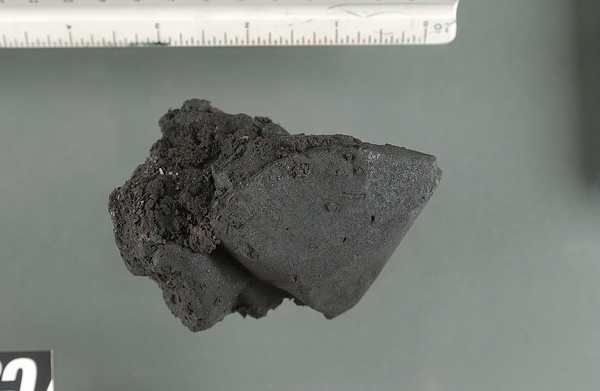Scientists in Spain are reporting an advance toward a new method for determining the purity of heroin that could save lives by allowing investigators to quickly identify impure and more toxic forms of the drug being sold on the street. Unlike conventional tests, it does not destroy the original drug sample, according to their report.
In the new study, Salvador Garrigues and colleagues point out that the purity of heroin can vary widely, since pushers often mix it with chalk, flour, or other "cutting agents." Because heroin users do not know the exact purity of the drug, they are more at risk for overdose and even death. Conventional tests for determining the purity of street heroin involve destructive and time-consuming sample preparation, the scientists say.

They studied 31 illicit drug samples from Spain that contained six to 34 percent heroin. The scientists tested the samples using the new analytical method, called Diffuse Reflectance Near-Infrared Spectroscopy (DR-NIR). It involves shooting a beam of infrared light into a sample to determine its chemical composition based on the wavelength of light emitted. The method quickly and accurately determined the chemical content of the samples without any prior sample preparation, the scientists say. — MTS
Article: Javier Moros, Nieves Galipienso, Rocío Vilches, Salvador Garrigues, Miguel de la Guardia, "Nondestructive Direct Determination of Heroin in Seized Illicit Street Drugs by Diffuse Reflectance near-Infrared Spectroscopy", ASAP Anal. Chem., ASAP Article, 10.1021/ac800781c
http://dx.doi.org/10.1021/ac800781c






Comments